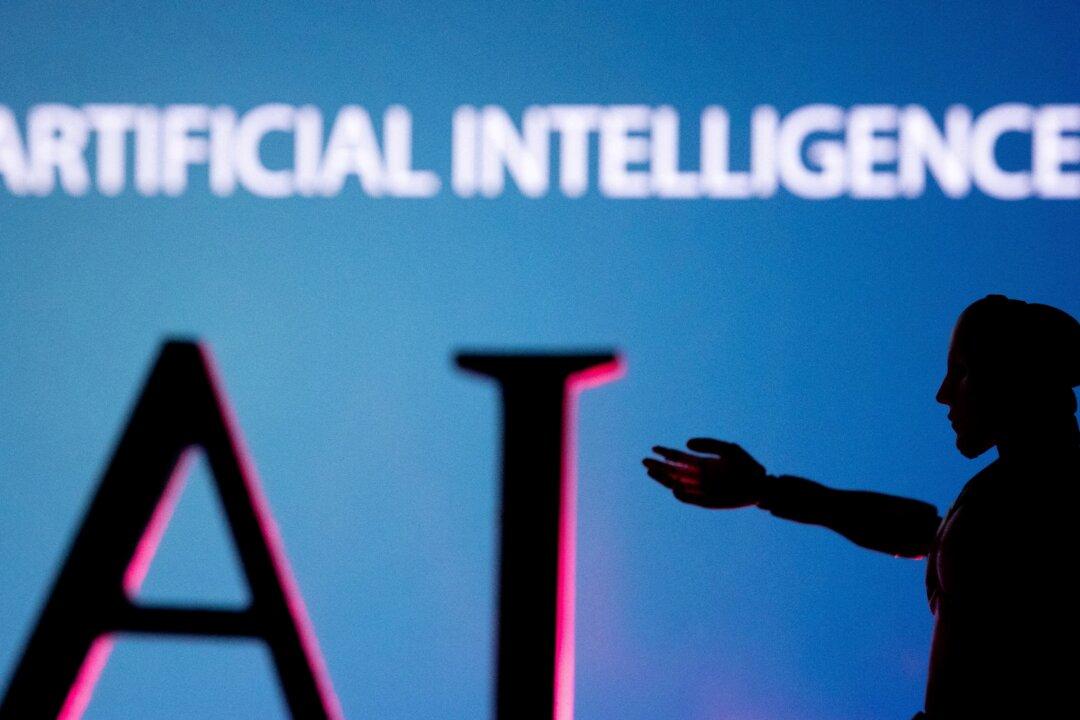Commentary
Over the past few weeks, cities with sky-high crime rates and embarrassing levels of recidivism have trotted out shiny new surveillance tools and technology intended to create the impression that elected officials are doing the work of fighting crime. But what these announcements—and the subsequent coverage—overlook is how the biometric data captured in surveillance footage, especially of innocent bystanders, may cause far greater harm to all of us in the future.





